A new type of Russian drone is being used in combat in Ukraine, reportedly a multirole long-range type that can undertake attack as well as surveillance missions. Known as the Gerbera, the drone, assumed to be of Russian production, is being seen as a complement to the widely used Iranian-designed Shahed/Geran long-range one-way attack drone.
The first evidence of the new drone emerged last week, when photos of one example, apparently downed over the Kyiv region on July 24, were posted on Ukrainian social media accounts. The drone in question reportedly had no warhead fitted, indicating it was being used for a mission other than strike. According to the Ukrainian Defense Express website, the drone was brought down “almost undamaged” by Ukrainian air defenses, but this cannot be confirmed.
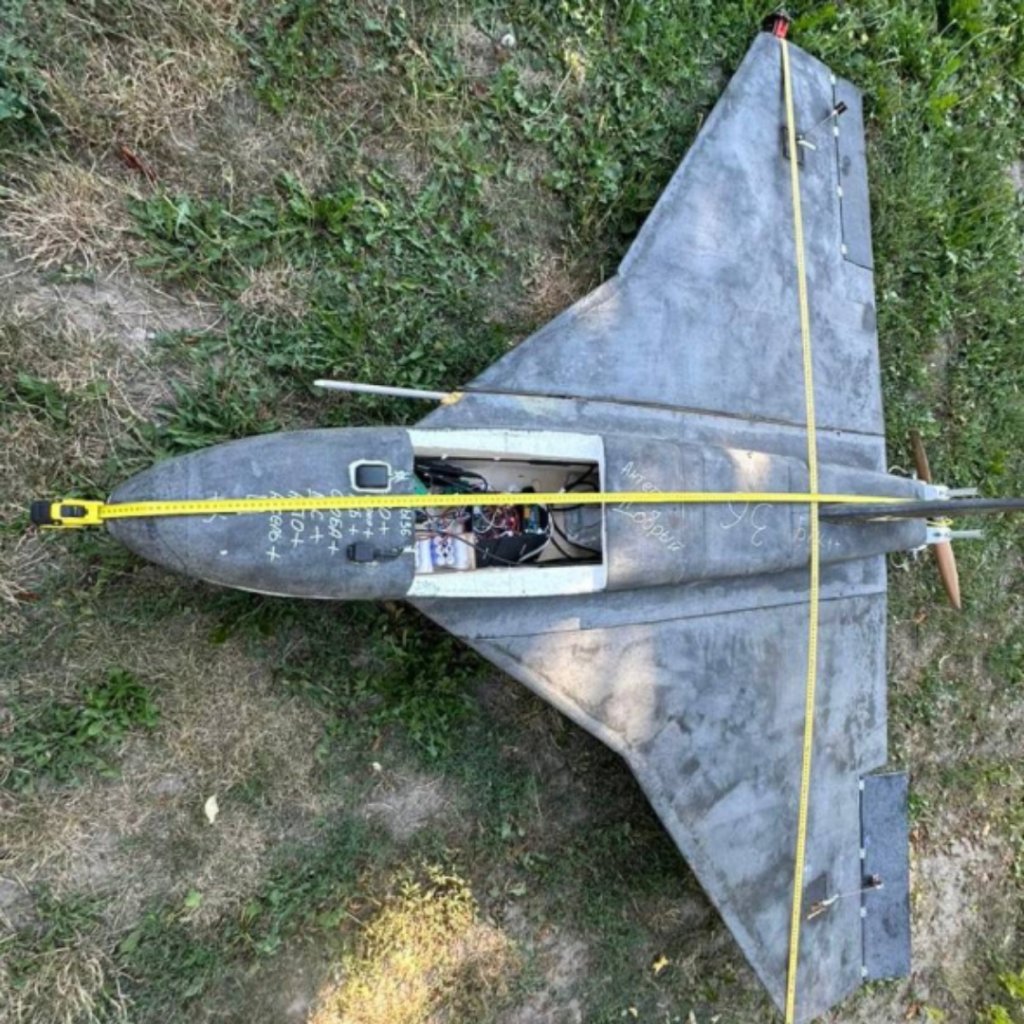
Like the Geran, the new drone has a relatively large delta wing, although with prominently cranked leading edges. Rather than horizontal stabalizers on the wingtips as on the Geran, the Gerbera has a conventional single vertical tailfin, located just ahead of the single pusher propeller driven by an internal combustion engine. Ukrainian accounts suggest that the Gerbera has a wingspan of around 2 meters (6.5 feet) compared to around 2.5 meters (8.2 feet) for the Geran-2 (Shahed-136). Reportedly, the body of the drone is made of radar-absorbent foam and, like some examples of the Geran, the ones seen so far are black-colored.

Video of the Gerbera that came down in the Kyiv region on July 24:
Writing on Telegram, Serhii Flesh (also sometimes written Serhiy Flesh), a Ukrainian servicemember who has blogged in the past about other Russian drone developments, claims that, while unlike the Geran, the Gerbera is intended to fly reconnaissance missions, as well as strike. He also writes that it will be used to “distract” Ukrainian air defense systems, suggesting it will also be operated as a decoy, and that it will be operated within a “swarm,” although it’s not clear how this would be achieved, or to what ends. It is very unlikely these drones are capable of working dynamically in conjunction with each other in a true swarming fashion. Although sending multiple on missions that are carefully pre-programmed, where each drone operates autonomously but in groups, is very possible.

These claims are also supported by a video report published by a Russian unit known as Stalin’s Falcons, on July 28. The report also states that the Gerbera can be used as a kamikaze attack drone, for electronic reconnaissance, or as a decoy for air defense systems.

The Russian account states that the Gerbera drone was developed by the Gastello Design Bureau, an otherwise more or less unknown company. It is stated that this UAV could be used for electronic reconnaissance, as a kamikaze drone or as a decoy for air defense systems. While unconfirmed, it has been suggested that the Gerbera is being built in the same factory in Yelabuga, in Russia’s southeastern Tatarstan region that also manufactures Geran drones.
The report from Stalin’s Falcons explains that the strike version of the Gerbera drone uses a camera for targeting, implying a man-in-the-loop guidance system. This, in turn, will result in a relatively short range, limited by the requirement to maintain direct radio communication between drone and operator. Using airborne relays can extend this connectivity, which is very much a growing tactic in Ukraine, but still major limitations exist for this kind of control concept.
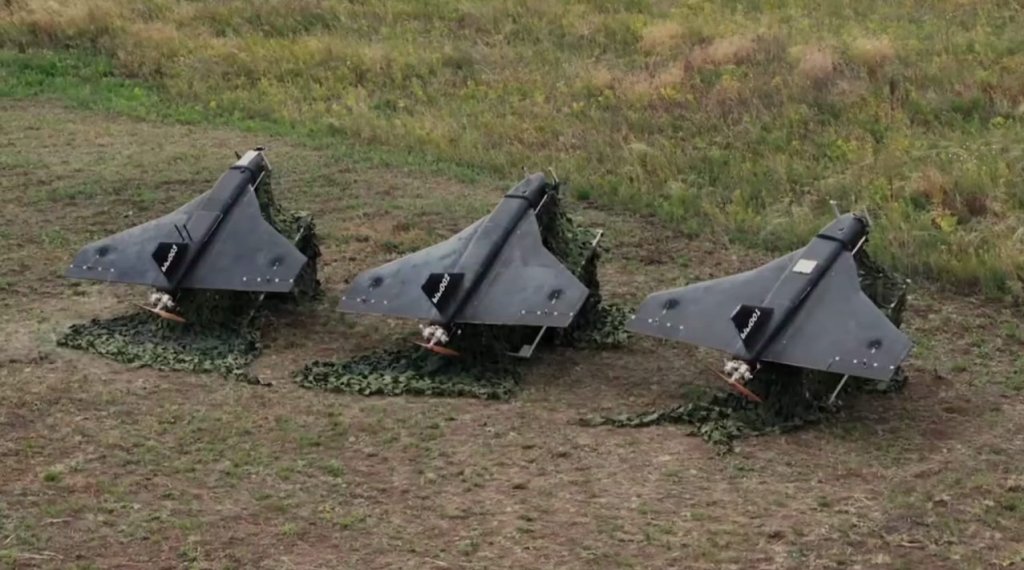
A report in the Ukrainian Militarnyi defense website also claims this is the case, that another drone, fitted with a repeater, can be used to extend the range of the radio communication link to the Gerbera drone.
The same Ukrainian source claims that the example of the Gerbera that came down in the Kyiv region last week was equipped with a pair of 3G/4G antennas as well as a modem containing a SIM card, connecting to the Ukrainian mobile network. This is understood to be another method of providing a semi-sporadic communication channel that can ensure a video link between the drone and the operator, for at least some portions of its flight.
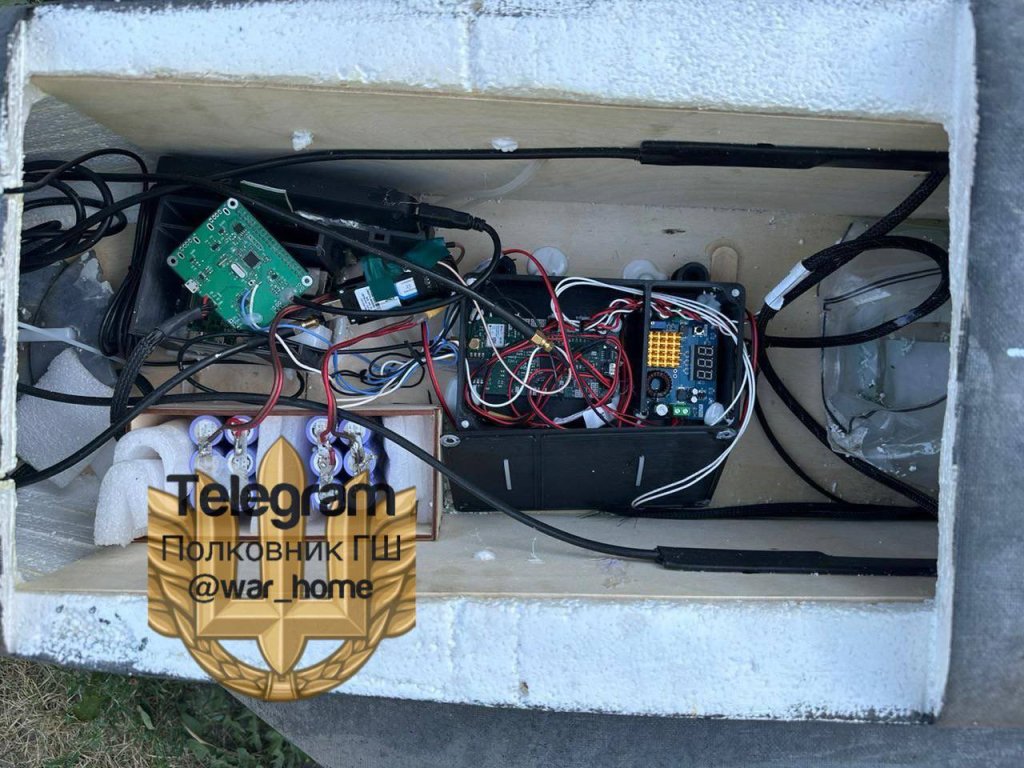
It is also presumed that, as well as using a camera for guidance, the Gerbera can also be programmed to fly along a predetermined route without the need for an operator intervention and without a repeater, in the same way as the Shahed/Geran series. At the same time, the camera in the nose could be used for visual reconnaissance, including scouting for additional targets along the pre-planned route. This information would not be available in real time and could only be exploited after the drone is recovered and the data is downloaded.
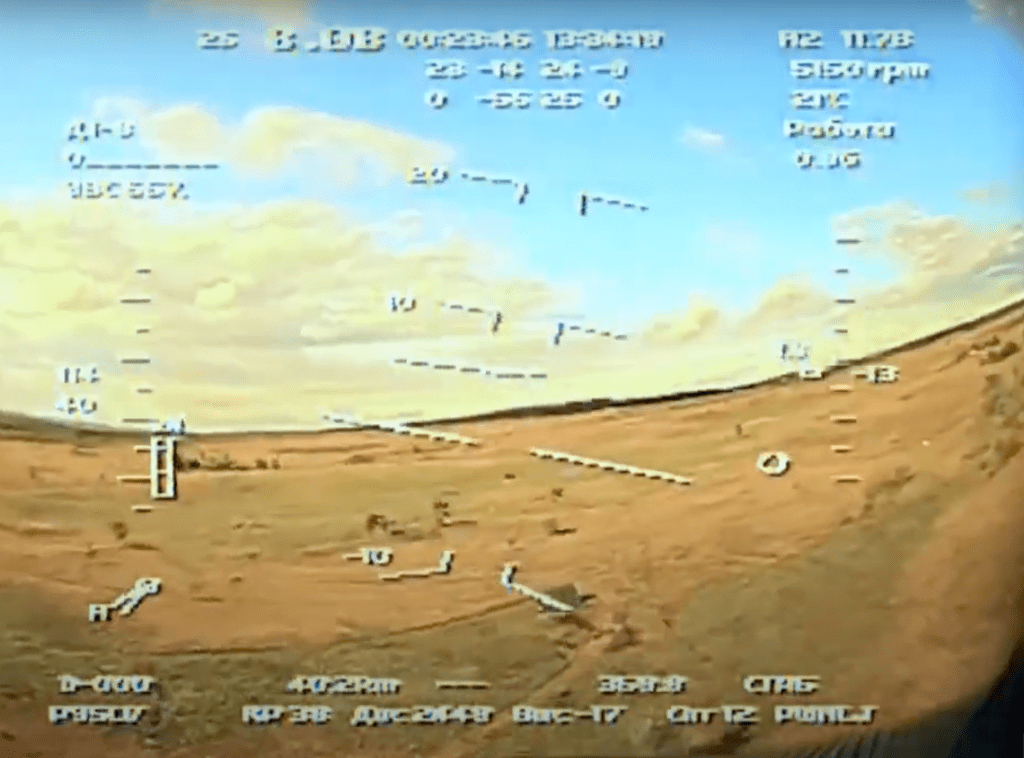
Other details of the Gerbera drone are unknown at this stage, with no confirmed information regarding its size and weight, let alone its range, speed, and payload. However, bearing in mind the fact that the first example was recovered in the Kyiv region, it can certainly hundreds of kilometers, at least.
It’s also unclear how long Russia might have been using this drone. Since the Geran has a similar appearance and flight profile, and both are used for strike, it’s possible that some Ukrainian claims for Shahed/Geran drones shot down in recent weeks actually relate to the Gerbera. However, the fact that only one example has apparently been recovered to date suggests the Gerbera is a fairly new addition to the Russian armory.
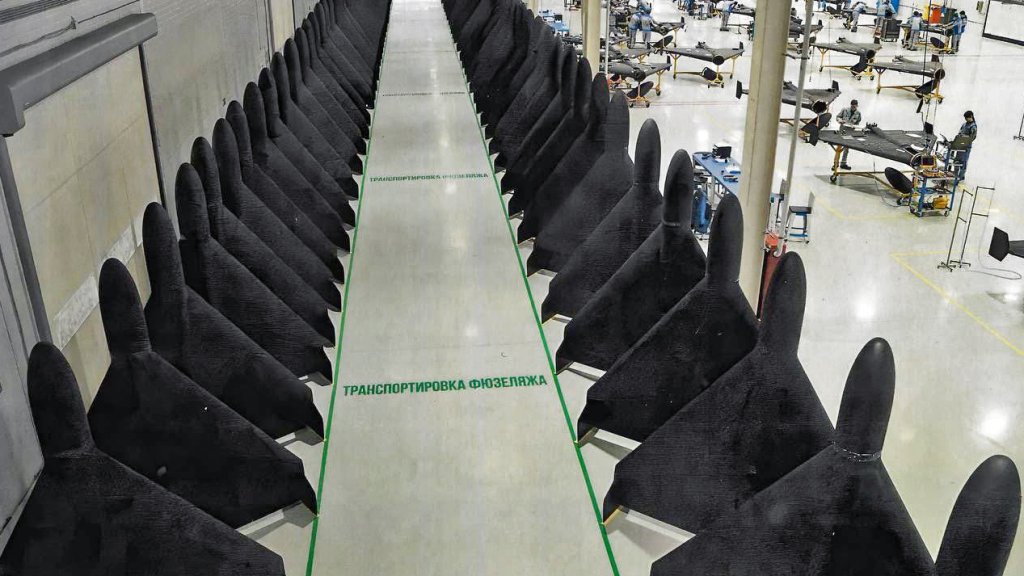
Despite the success of the Shahed/Geran series, it’s notable that Russia is continuing to develop new extended-range attack drones. At the same time, this very well could be a lower-end type that costs less — Shahed-136s are relatively cheap, but more expensive than most realize — and is easier to manufacturer than the Shahed-136. Russia could significantly cut the range compared to the Shahed-136 and the payload and still have a very useful and effective weapon. Meanwhile, Shahed production is somewhat finite with immense pressure already being on the production capacity that already exists. Getting something a little cheaper and in greater numbers makes total sense. Even using these weapons to suck up precious air defense missiles alone would be well worth their procurement. Ukraine has pursued many types that are similar to this drone that are being employed at various ranges for extended strike operations.
Once Ukrainian authorities have evaluated the Gerbera, more information about its capabilities may well emerge. Regardless, however, its appearance will surely be a concern for Ukrainian air defense operators, already hard-pressed to defend Ukrainian civilian and infrastructure targets against the Shahed/Geran series, let alone the cruise and ballistic missiles and air-launched munitions tat continue to bombard their country.
Contact the author: thomas@thewarzone.com
